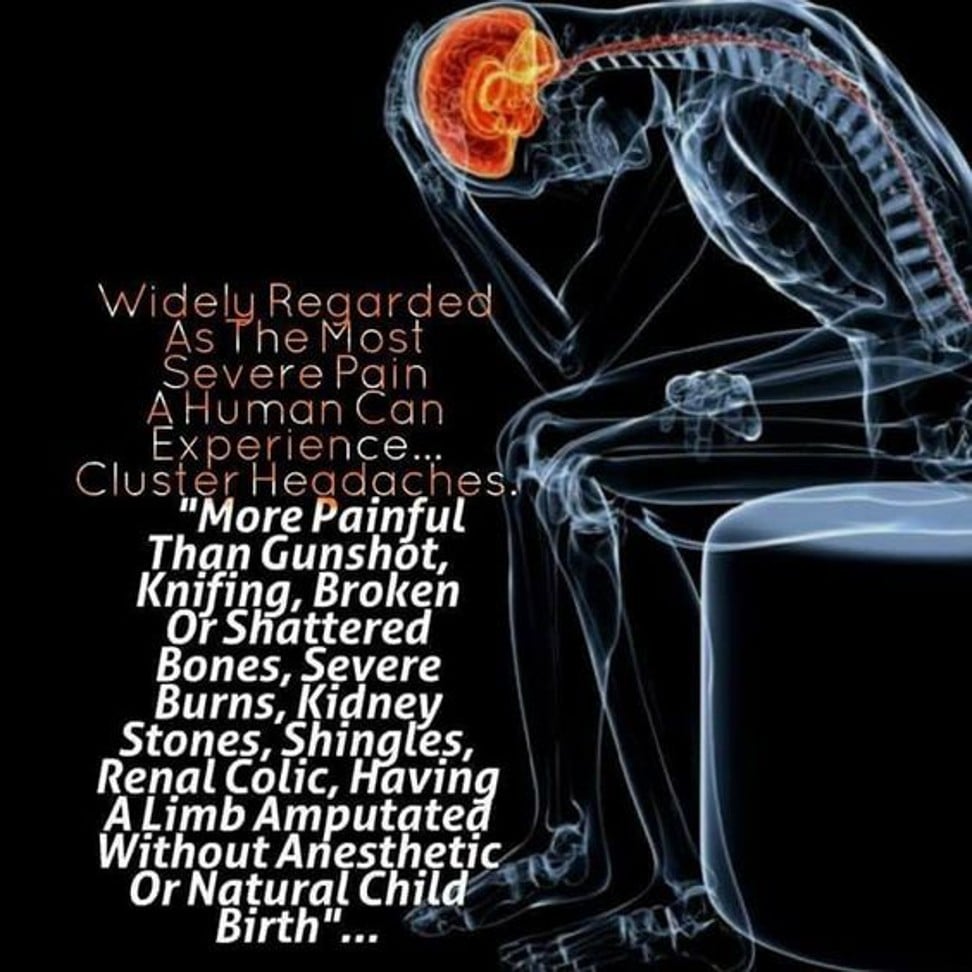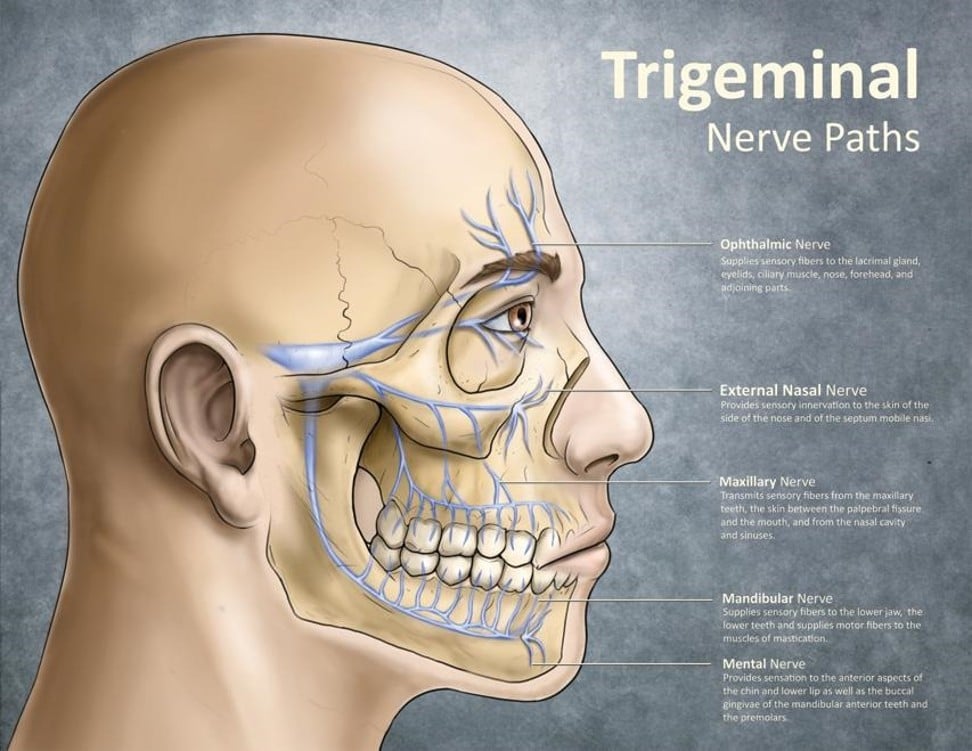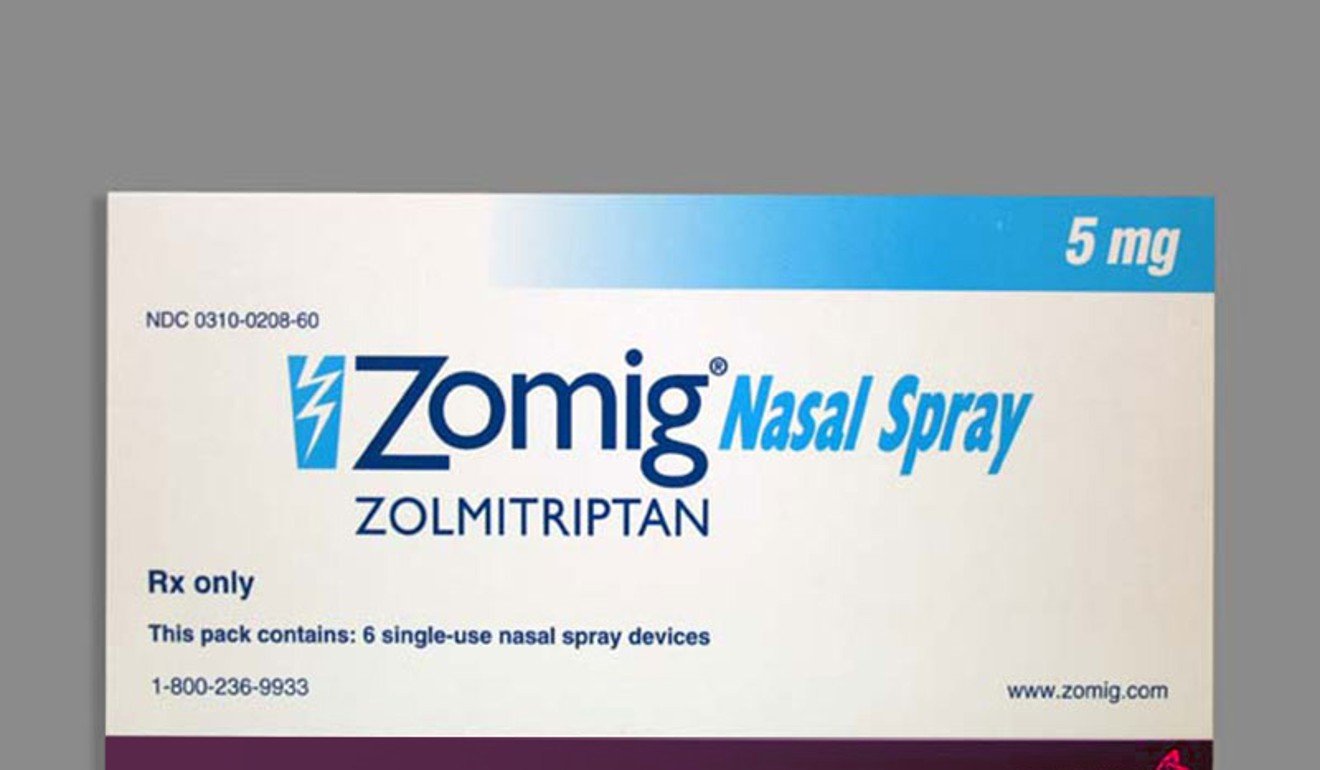
What is a cluster headache? A first-person account of the most painful condition known to man
Cluster headaches often top online ‘most painful’ lists, beating gunshot wounds, childbirth and amputation without anaesthetic. What is it like to have ‘the beast’ inside your head? One sufferer shares his story
Warning: the videos below showing people having a cluster headache may be disturbing for some.
It wakes me from a deep sleep. The agony is all-encompassing. It feels like having a white-hot screwdriver thrust through my eyeball and left there. The screwdriver is then wired up to an electric current and the voltage is continually increased.
My sinus feels like it has been washed out with acid, my temple is swollen and hot, the area under my cheek burns, my upper jaw feels like I have a toothache in every tooth. Even the roof of my mouth is sore.
Most of the pain is focused on my eyeball: as well as the screwdriver, it feels like there is a red-hot metal ball, the size of a golf ball, directly behind it, pushing it out of the socket.
Microneedle patch is a new way to fight flu pandemics
If only this was a migraine, a hangover or a tension headache. In that case some painkillers and/or finding a more comfortable position and lying still in a quiet dark place would ease the pain.
I constantly rub the side of my head that is affected, I rock back and forth, I pace around, I sit with my head on a bed or chair, I kneel with my head on the ground. I lie on the floor then get up again. I moan, whimper, exhale loudly. I swear, mutter, open my eyes, close my eyes. I press my finger hard into the side of my nose by my tear duct. I slap my head. I dig my fingernails into my palms. Nothing offers any relief. Nothing.
Even though I know what is wrong, thoughts of stroke, brain tumour and other conditions swirl around my head. I alternate between a fear of dying in such pain and a mild relief from knowing the pain will stop if I do die. I resist the urge to smash my head against the wall to knock myself out, or hammer something sharp into my temple just to ease the pressure. I try unsuccessfully to cling to a train of thought. I feel like insanity is waiting around the corner.
These sensations, movements and thoughts happen over a two-minute period. I have just described an average 120 seconds of a cluster headache (also known as a suicide headache), which usually lasts from 15 minutes to three hours. With medication, mine usually last just over one hour. During an attack, I try to concentrate on not throwing up, and getting from one breath to the next. At least three thousand times.

It ends almost as quickly as it starts. Afterwards, I’m usually left shaking. I rub the side of my head for a few minutes, out of breath, exhausted like I’ve run a marathon and still rocking back and forth. The immense relief is dampened somewhat by the terror of the next attack, with the memory of the pain still fresh.
Around 45 minutes in, it reaches this point in pain where you stop breathing for a second. The pain is so shocking. This is the feeling of death, only you don’t die.
My brain feels frazzled and simple tasks, like making a cup of tea or basic mental arithmetic, are complicated. I experience “shadows” between episodes: twinges of pain in my temple and around my eye and my sinus that mimic the beginning of an attack. These are mentally debilitating and set off my fight/flight response.
I may have 24 hours until the next one. It may be 48 hours, it may be 12 hours. The world becomes a grey place and I’m not really part of it. People go about their normal lives, while I try to prepare for the next onslaught. I am snappy, have no sense of humour and live with a sense of dread. I feel like my soul has been gouged, damaged by the traumatic episodes.
Cluster headaches: five things you may not know – celebrity sufferers, extreme behaviour
I compare the experience to being locked in a dungeon by a sadistic torturer. When I have shadows, it is as if my tormentor is walking up and down the corridor outside my cell to frighten me, occasionally banging on the door and telling me my time is coming. When an attack comes, it’s as if he kicks the door open, comes in, grabs me with a hook through my eye socket and drags me off to be plugged into his torture machine. I am absolutely helpless and barely have time to steel myself against the onslaught.
But these are just words and they don’t do justice to the experience.
As another sufferer puts it: “Around 45 minutes in, it reaches this point in pain where you stop breathing for a second. The pain is so shocking. There’s no way anything else in life could feel worse than that. This is the feeling of death, only you don’t die,” writes Ashley Hattle in her book Cluster Headaches: A Guide to Surviving One of the Most Painful Conditions Known to Man.
My family suffers with me. Seeing someone you love in that much agony and knowing there is nothing you can do to relieve it is hard to deal with. My children see their dad helpless, crippled by pain and try to make me feel better. Thankfully, most attacks happen at night when my family are asleep.
Because of the restless nature of a cluster headache I usually go downstairs, so only my dog bears witness. I find it easier to deal with the pain alone. I don’t leave the house during the day in case I get an attack. If my family bicker, I don’t have the mental strength to cope with it.
Global cancer deaths in 2018 to hit 10 million, despite better care
During a cluster, I can expect 12 to 15 attacks over about two weeks. It can be longer, and there can be more or fewer headaches, but that is my average.
My cluster headaches started about 20 years ago and were undiagnosed for at least 10 years. I have episodic cluster headaches: they happen from twice a year to once in five years.
I’m more fortunate than many sufferers. Other people get up to eight headaches a day for months. There is also chronic cluster headaches: multiple attacks that happen every day with not even one month off during a year. These sufferers to me are the bravest people alive, simply because they are still alive.

The exact reason for cluster headaches isn’t known. The hypothalamus is the main suspect. This area of the brain, the size of an almond, is seen to display altered behaviour in scans taken during a cluster headache.
The pain is an autonomic response delivered via the trigeminal nerve. There is one trigeminal nerve on each side of the face. The pain happens on one side of the head and face as the nerve fires out of control.

There is no cure for cluster headaches. Painkillers don’t help, and stronger narcotics such as morphine and heroin can make it worse.
Generally, family doctors aren’t familiar with cluster headaches. If you think you have cluster headaches, you must see a neurologist or headache specialist to get the right treatment.
Treatments are based on prevention or aborting the attack, rather than dealing with the pain. High-flow pure oxygen is favoured by some because it can abort an attack within 20 to 30 minutes and is by far the safest treatment.

Triptans are synthetic drugs that affect nerve endings, blood vessels and serotonin receptors. They are usually for migraines and have been found to also be effective against cluster headaches.
The best triptans for cluster headaches are sumatriptan and zolmitriptan. There is a long list of side effects and patients must undergo an EKG to ensure their heart can take the strain. They can abort headaches in 15 minutes (injection), 20 to 30 minutes (nasal spray) or one hour (tablets). Only tablets seem to be available in Hong Kong, so even if I take a pill at the very start of the episode, I have 60 minutes to endure.
Corticosteroids are used to shorten the cluster. Being diabetic, I can’t use steroids because they mess with my blood sugar and can cause a potentially fatal medical condition. Triptans are also not recommended for diabetics. They can cause rebound cluster headaches.
Seven of the most deadly viruses, from Ebola to rabies
Some treatments work on some people and not on others. Others work, but only for a while.
More extreme treatments include deep brain stimulation: drilling a hole in the skull and putting an electrode into the brain to emit a small but constant electrical current to stop the headaches before they start.
Eventually the time between my episodes increases and the severity decreases. After a few days free of pain, a feeling of optimism dares to creep in. After a week, it’s like the sun comes back out and a weight is lifted from my soul. I rejoin the human race, hoping that was my last cluster.

